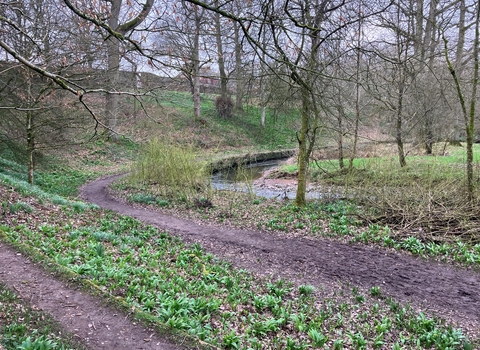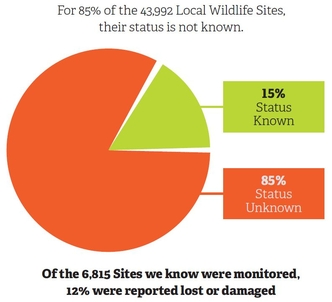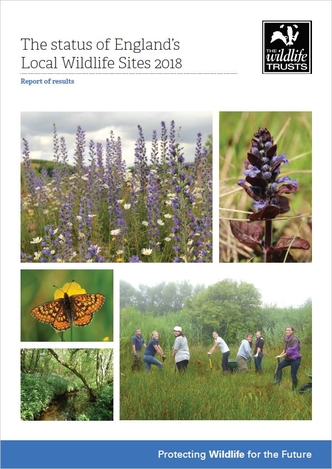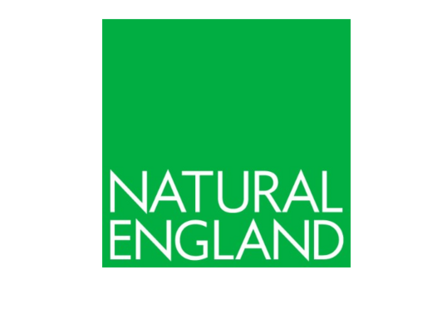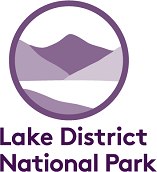What are County Wildlife Sites?
County Wildlife Sites are areas of land that are especially important for their wildlife. They're some of our most valuable wildlife areas.
County Wildlife Sites are identified and selected locally using robust, scientifically-determined criteria and detailed ecological surveys. As a result, these special and often secret spaces have a huge part to play in the natural green fabric of our towns and countryside.
They make up a web of stepping stones and corridors for wildlife, forming key components of ecological networks. Read our short guide to Local Wildlife Sites to find out more.
Cumbria Wildlife Trust works with local authorities, statutory agencies, landowners and other local partners to establish effective systems for identifying, managing and monitoring County Wildlife Sites.
These sites are named differently across the UK:
- England Local Wildlife Site/County Wildlife Site
- Isle of Man Manx Wildlife Site
- Northern Ireland Site of Local Nature Conservation Importance
- Scotland Local Nature Conservation Site
- Wales Site of Importance for Nature Conservation
There can be local variations too e.g SINC, Site of Nature Conservation Importance.
What state are they in?
One of the main problems is we just don't know what condition most County Wildlife Sites are in. In Cumbria there are currently 1603 registered County Wildlife Sites. Of these the status is known of 553 Sites (34.5%).
Every few years The Wildlife Trusts produce a report on the Local Wildlife Sites in England. The most recent report shows that we only have information about the condition of 15% of Sites nationally. The majority were not reported on, and may not even have been monitored.
Nationally, for Sites we do know were monitored, we found that 12% had been lost or damaged - this could be anything from the destruction of the whole site to a decline in habitat or loss of species. View the full infographic
Development can be a threat to Local Wildlife Sites, but The Wildlife Trust's report, 'The status of England's Local Wildlife Sites 2018' shows that most Local Wildlife Site partnerships consider lack of management the greatest threat. In most cases this is due to a lack of resources.
Sites are designated for special features, and with the wrong management (or none at all) these features can easily be lost.
Why do Local Wildlife Sites matter?
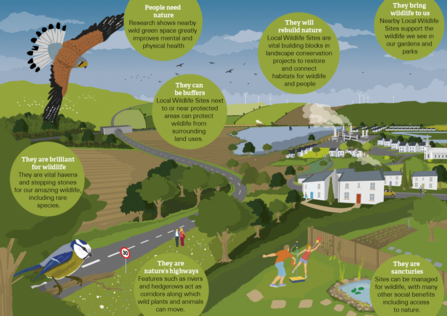
Who treasures and takes care of these places?
For more than 45 years, The Wildlife Trusts have worked with local authorities, statutory agencies, landowners and other local partners to establish effective systems for identifying, managing and monitoring County Wildlife Sites. Within these partnerships, we often play a significant role in advising and supporting site owners.
County Wildlife Sites are often privately owned and so rely on the sheer commitment of the landowners, farmers and volunteers who are prepared to carry out sensitive habitat management. Without such care and effort, a site will gradually decline.
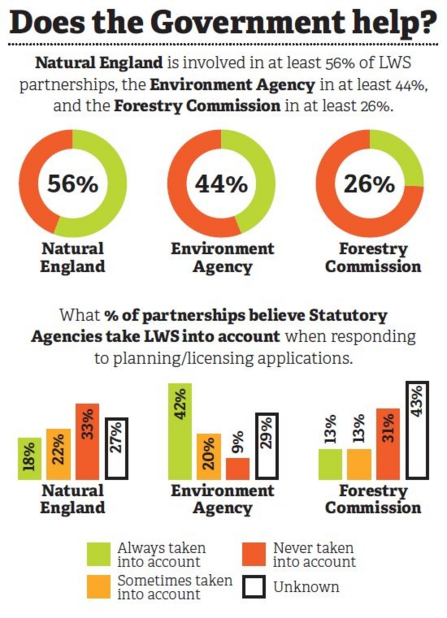
LWS (Local Wildlife Site) is the same type of site as a CWW (County Wildlife Site).
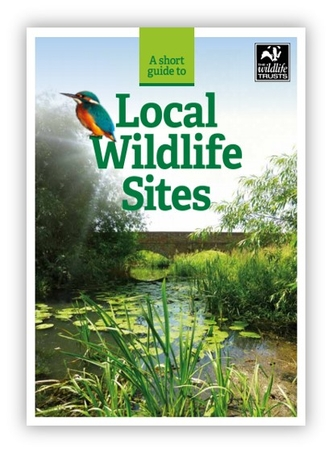
Read our short guide to Local Wildlife Sites (PDF)
It explains what they are, why they're important, the challenges facing them and more.
Ways you can get involved
For more information about County Wildlife Sites or to discuss a site visit:
If you own or manage a County Wildlife Site, we offer a free survey and management advice. We recognise the difficulties in managing these Sites solely for their wildlife interest so look for innovative solutions where possible. We will try to provide advice and assistance in finding funding to help manage Sites.
If you own some land that you think might qualify as a County Wildlife Site please contact us, 'We are currently focussing our efforts on resurveying the 1600 sites which need updated surveys. We hope to conduct surveys and assessments on potentially new County Wildlife Sites if staff capacity allows.
If you don’t own a County Wildlife Site, you can still get involved by becoming a volunteer with Cumbria Wildlife Trust or creating an area for wildlife in your garden. Ask us which Local Wildlife Sites near you are open to the public and get to know and enjoy them.

